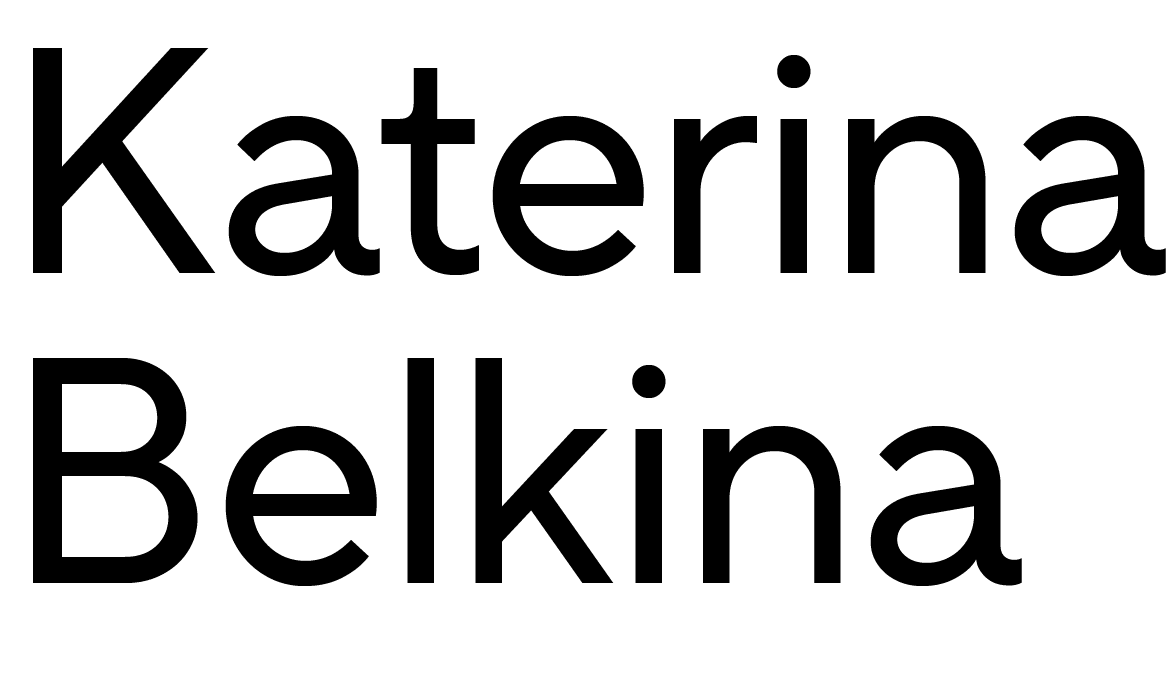
I want to share a series of useful posts on the pressing topic of "artists and money." Right now, I'm going through a very difficult period as an artist. And it's not just me. The European art market is declining, and this is a particularly challenging time for my husband and me. It seems that one of us will need to leave our current job or reduce our hours and find additional work. However, each person in our team is crucial in what they do. Nevertheless, my main goal by the end of the year is to keep our beautiful apartment, which also serves as my studio, and not to fall deeper into debt but rather to get out of it.
I will definitely explain in future posts why this happened. It's important to analyze our failures each time. Don't panic. Experience emotions with dignity. Extract the maximum benefit from failure, as it is the best time to learn something and adapt.
At the beginning of the year, I started to panic: everything was lost, almost no dealers, galleries were not working, and there were no sales. I began frantically brainstorming ways I could earn money in parallel. I drafted a plan, which included various realistic professional activities besides waiting for sales. Then I got sick. Perhaps you remember the post about the well. It's below from February. And I realized, not so much a new vision, but an understanding that my main mission is the creation and dissemination of art. Everything else... yes, I might be able to earn money from this and that in some time, but how much time and effort would be taken away from my main mission? It seemed like my inner self was telling me this. But no, it was my brain, whose main task is to change nothing and wait for better times.
Thank goodness I have another extra brain—small but persistent. Sometimes it gives useful recommendations: "maybe try this, maybe that, just give it a try." It's important to listen to it.
But I want to start from the beginning. I've been delving into the topic of "artists and money" for almost two years. But only recently have I started to feel internal changes. I'm maturing. And with that, external circumstances will follow. You might find it interesting to follow this series. It's like climbing Mount Fuji. So here, I want to tell you what I have done—describe all my steps and what I'm doing now. First, I'll describe how I used to live and how my strategy worked.
During my Moscow period, I earned money on commissions as a freelancer, taking on almost everything. I shot for magazines, did advertising, design, traveled and did photo reviews, and taught at a photo school. But I always chose what I wanted to do and what not to do. I tried many things, but at the same time, I was always nurturing my inner artist. I did exclusively artistic projects and series.
At some point, I realized that I was interested in earning money solely from art and made a monumental decision to give up convenient earnings and focus only on art and collaborating with galleries. At first, it didn't work out. There were exhibitions, but no sales. I was an unknown artist. I got into debt and felt, to put it mildly, not great. Gradually, things started to level out. More and more sales came in. Several galleries started representing me.
Then I moved to Europe. Another setback. No one knew me here. One gallery dropped out, and another had difficulties. Almost a year without sales in a new place. Our savings ran out. My husband and I started taking on simple side jobs. Shooting and editing for advertising; he was working as a designer. At the same time, we began organizing my first exhibitions here, making contacts. Gradually, we started to rise; new galleries appeared. Things were going up. We immediately gave up side jobs and threw all our strength, time, and skills into our common cause.
Everything was going very well until 2020. In 2019, one of my works sold at Sotheby's auction for 40,000 pounds. Immediately after that, several other major sales followed. Museum exhibitions. We raised our prices. On the one hand, it seemed like a streak of luck, but on the other, these were the natural results of hard work.
Then the pandemic started, and you know the rest. The classic "collector-gallery-artist" scheme began to collapse, and the market fell, especially in the middle segment. The upper segment only benefited. And the lowest segment was completely wiped out, with those earning very little stopping altogether. They had to find other ways to make a living. A wave of online courses started. I looked at all this thinking, "No, I won't do this again." Meaning teaching. It was strange, uncomfortable, but we hoped that the lockdowns would end and everything would come back to life. But it didn't.
Three out of my six galleries almost lost in business, and two of them closed down. One went from international to local, and I became too expensive for them. Thus, we were left with one working gallery, but again, it was not at my level in terms of experience and prices. I'm their most expensive artist, and they can't afford to participate in high-level Art fairs. And I don't sell at cheap ones—too expensive. Lowering the price is not an option. It signals to collectors that something is wrong. I'm only telling you the technical side. The backstory.
Now I'll explain my attitude towards earnings and money. I have rather grand ambitions and have always been confident that success would come to me—I just needed to try further. Don't give up and work hard. I tried not to think about money at all. It's strange, but I somehow shielded myself from such thoughts and relied on the universe)) Excellent position. I also placed the responsibility for my earnings on the universe. But we all remember the joke about the lottery ticket and God.
I always believed that I should not think that my art should conform to something. The artist should not adapt to reality; it should adapt to them. And I should do what my inner creative will dictates, not giving up an inch. Collectors would come. And it worked in a strange way. When money ran out, another piece would sell. But reality broke down. Adaptation is necessary. And here's where it gets interesting. Where, in what place, did Katya need to change for everything to go up again? What do you think? What did Katya start doing differently? To be continued...
Comments
❤️Thanks!
From PL
3 January 2025
Hello PL,
Currently, there are no oil paintings in the artist portfolio of Katerina Belkina. However, this may change in the future.
Currently, there are no oil paintings in the artist portfolio of Katerina Belkina. However, this may change in the future.
Studio Katerina Belkina
3 January 2025
Interesting road from Russia to EU. I find your work thanks YT and North Art 2024. And next to your blog etc. Interesting and charming methods of your work. But do you like old methods...oil paintings are existing in your portfolio?
From PL
1 January 2025

